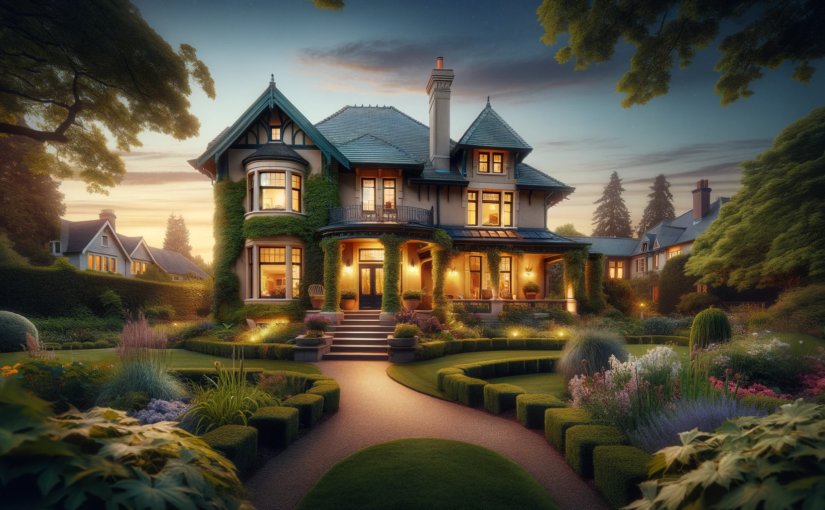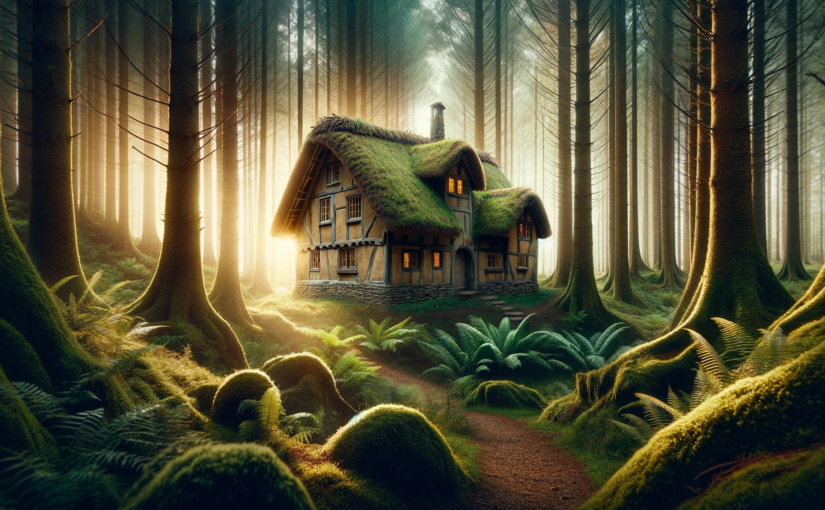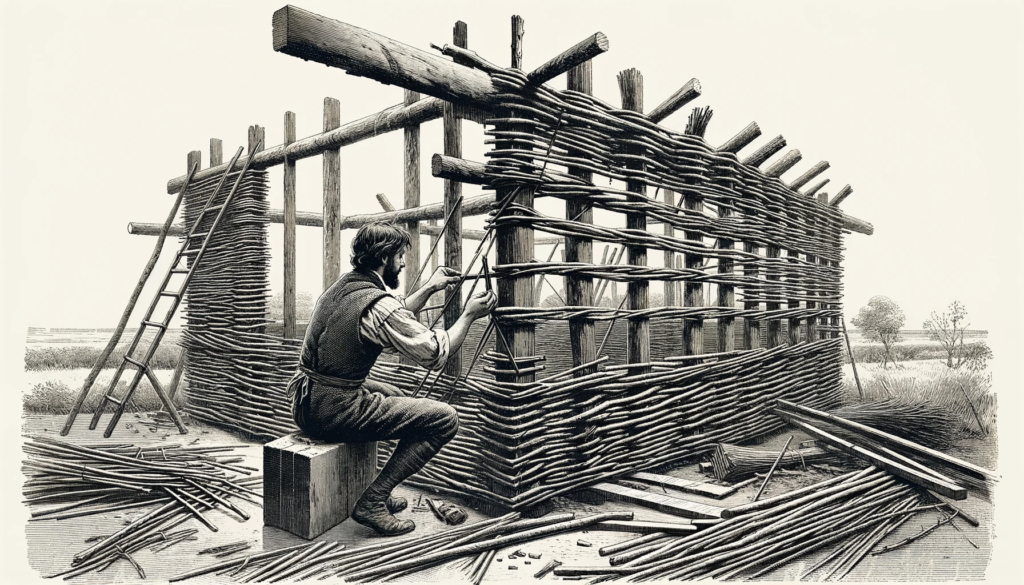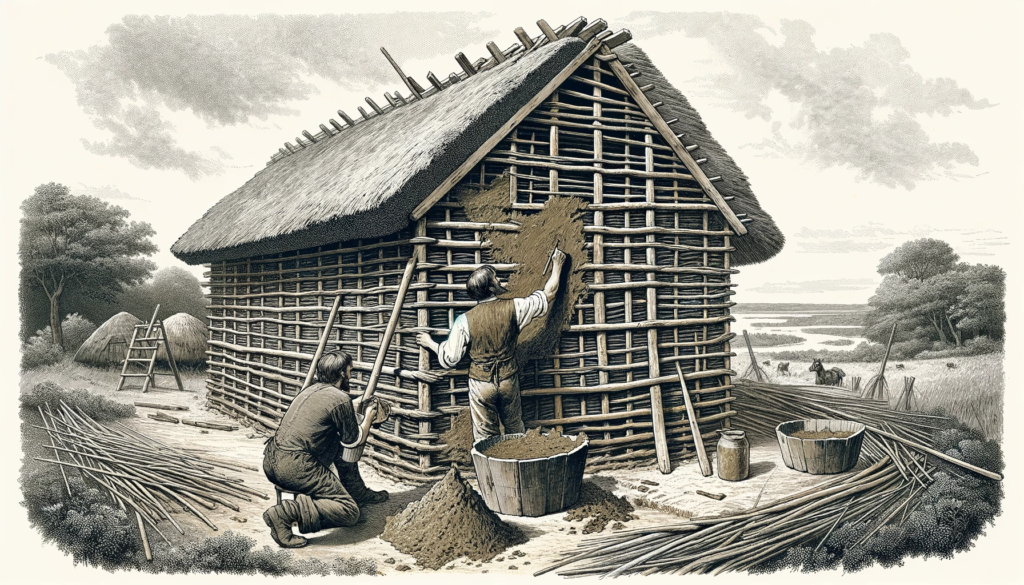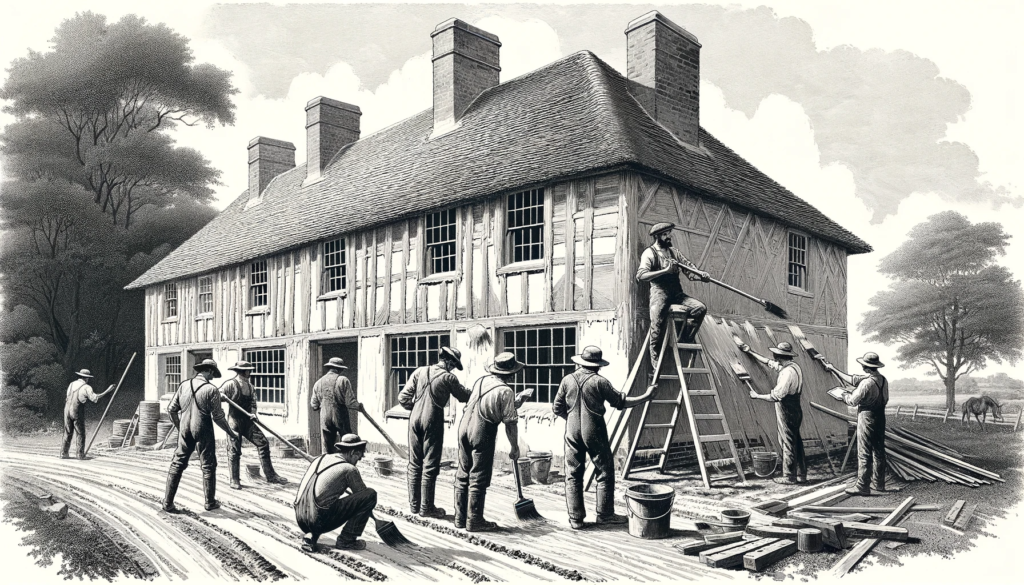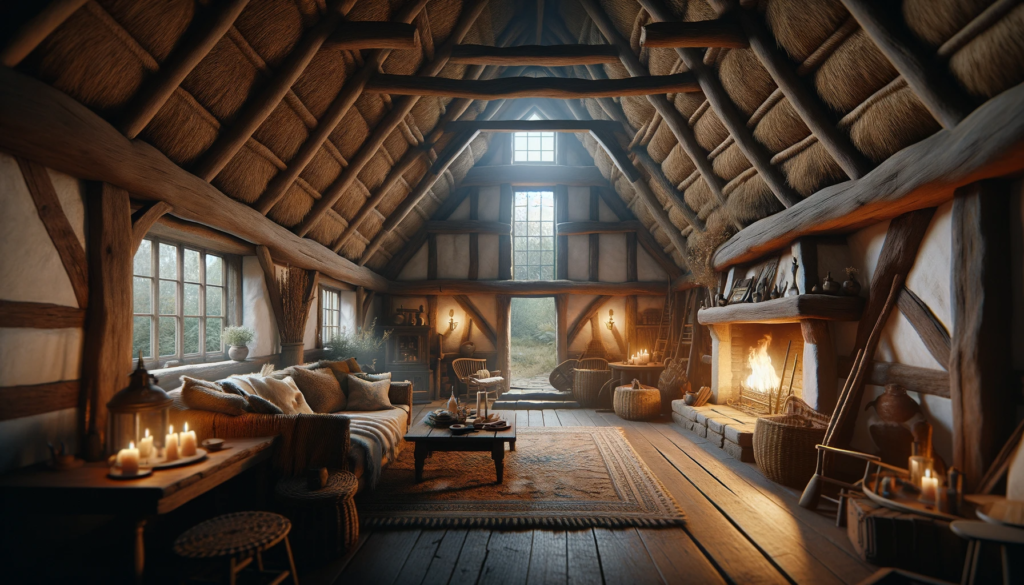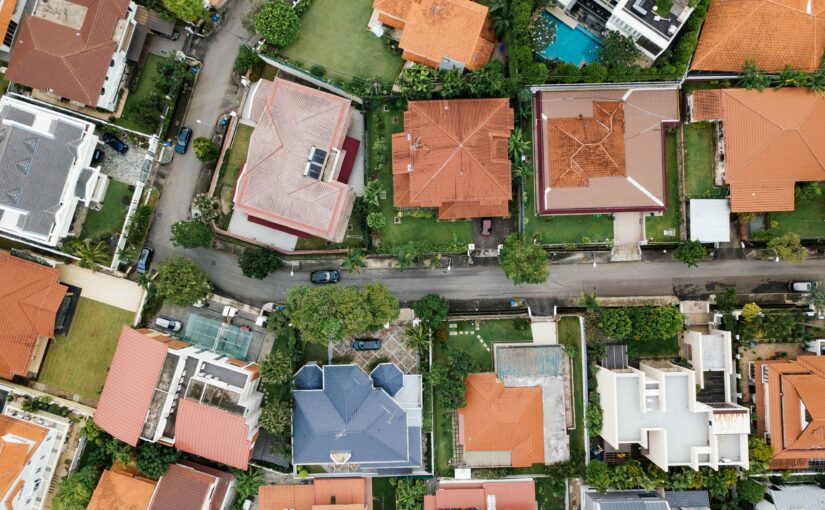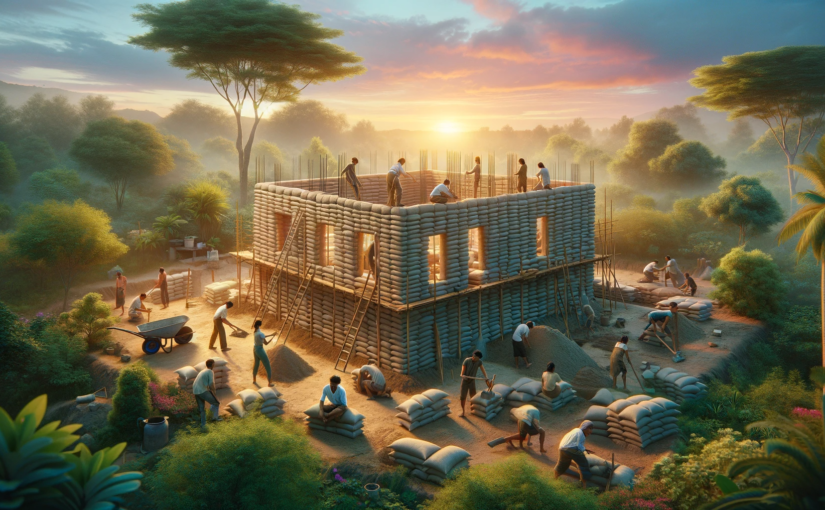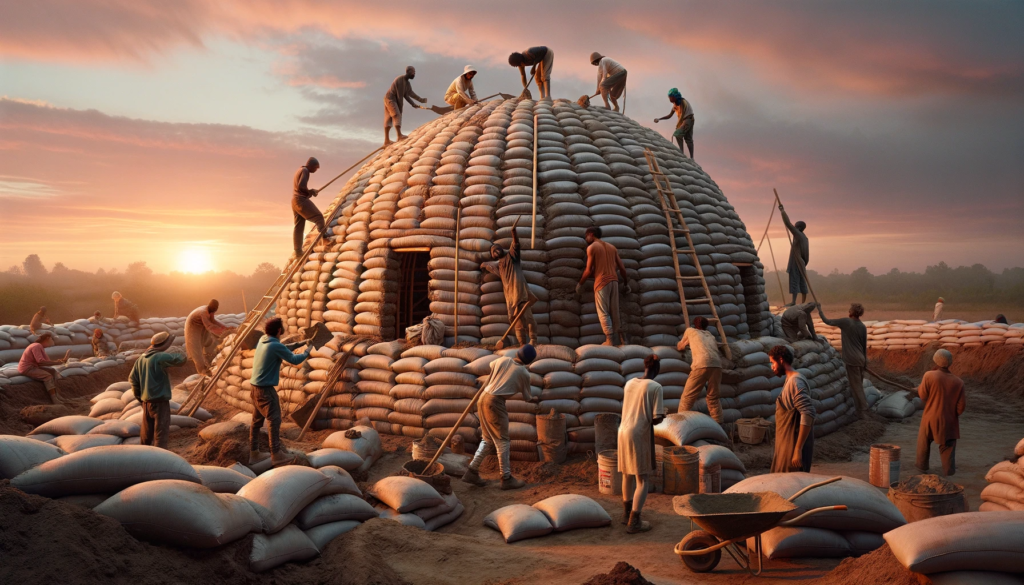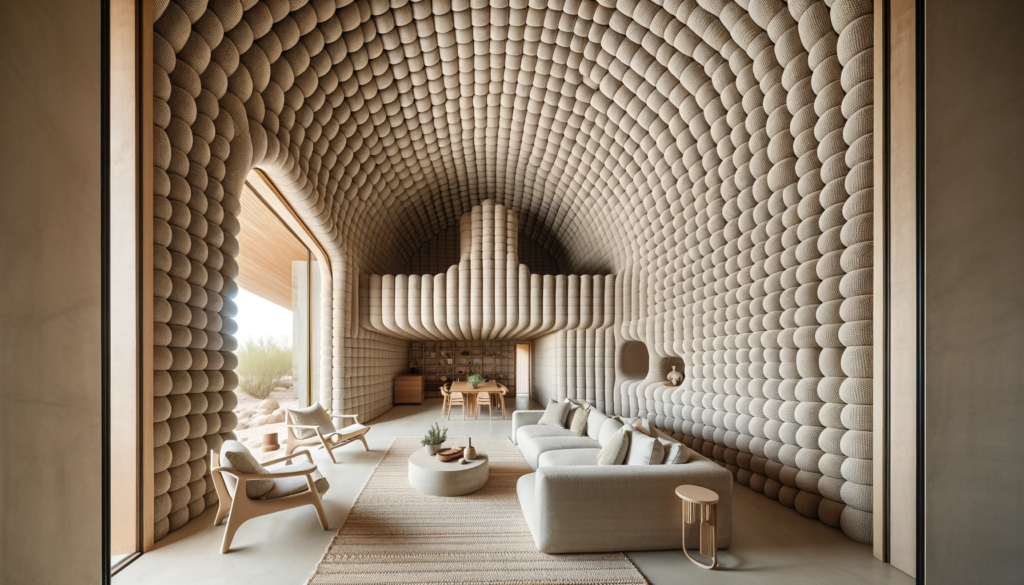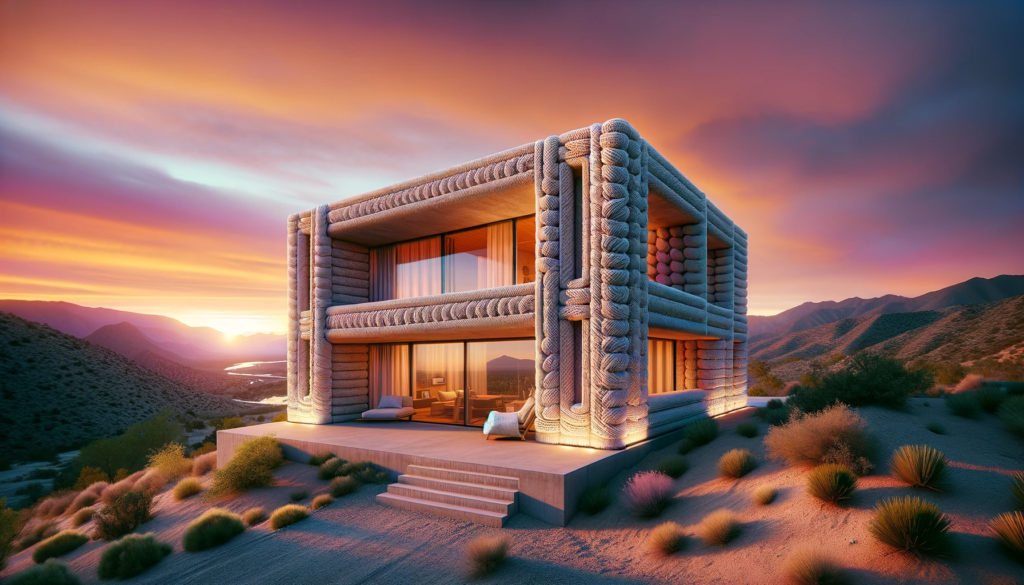The Art of the Title: Your First Impression
Your real estate listing title is the equivalent of a firm handshake; it needs to be strong, confident, and memorable. The secret to a captivating title lies in its ability to highlight the property’s most appealing feature while remaining succinct. For instance, “Charming Victorian Home with a Modern Twist” immediately informs potential buyers about the property’s style and hints at interesting interior updates.
The Power of Photography: Twilight Magic
A picture is worth a thousand words, and in real estate, it might also be worth thousands of dollars. The lead photo of your listing can dramatically impact a buyer’s first impression. One effective technique is to capture the home during twilight, with the interior lights warmly glowing. This not only showcases the property in a unique light (literally) but also evokes feelings of comfort and homeliness.
Showcasing Unique Features: Stand Out from the Crowd
Every home has its own character and unique features. Your listing should highlight these, even if they are unconventional. For example:
- Man Cave Marvels: If the home boasts a basement transformed into a luxurious man cave, highlight this. Describe the built-in bar, state-of-the-art sound system, or custom lighting that makes this space a standout feature.
- Eco-Friendly Elements: In today’s market, green features are a huge selling point. Whether it’s solar panels, a rainwater harvesting system, or an organic vegetable garden, these aspects appeal to environmentally-conscious buyers.
- Architectural Anomalies: Unusual architectural elements can be a significant draw. A home with an atrium, a uniquely designed staircase, or exposed vintage brickwork can attract buyers looking for something beyond the ordinary.
Crafting Compelling Descriptions: Storytelling Sells
A well-written description transforms a listing from a mere advertisement into a compelling narrative. Use storytelling techniques to walk potential buyers through the property. Describe the experience of cooking in the gourmet kitchen or the serenity of the master suite. Don’t just list features; tell a story about how they enrich the living experience.
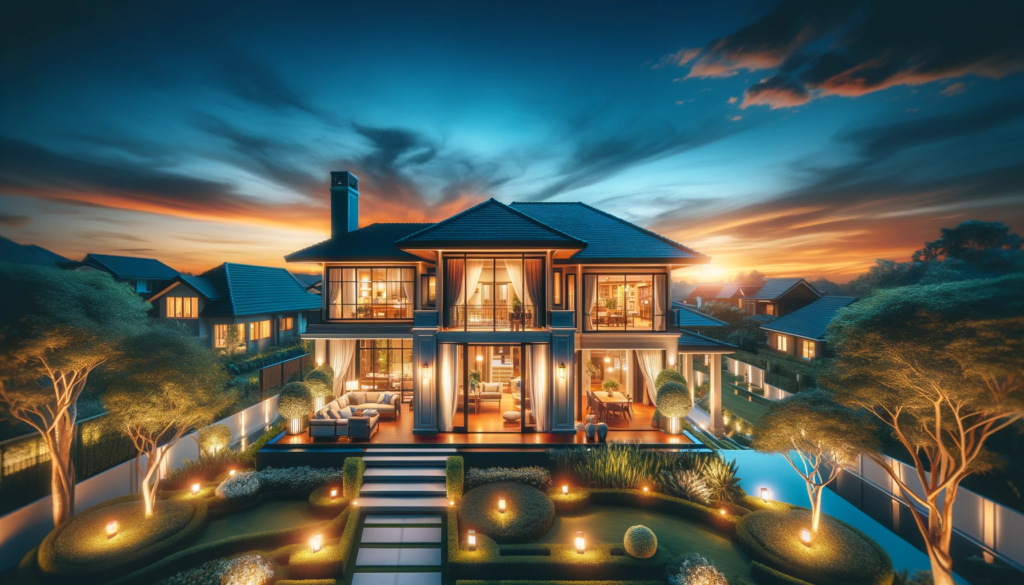
The Fine Details: A Touch of Luxury
Luxury is in the details. High-quality finishes, designer fittings, smart home technologies – these finer points can significantly enhance your listing. Mention the Italian marble countertops, the custom-designed walk-in closet, or the state-of-the-art home theater system.
Closing with a Call to Action: Seal the Deal
Finally, end your real estate listing with a strong call to action. Encourage potential buyers to imagine themselves in the home and prompt them to take the next step. Phrases like “Imagine your evenings here” or “Schedule a viewing to experience this one-of-a-kind home” can turn a passive reader into an active buyer.
So, you can create not just a listing, but a captivating invitation to what could be a buyer’s new home. Remember, in real estate, you’re not just selling a property; you’re selling a dream. Make your listing the key that unlocks it.
